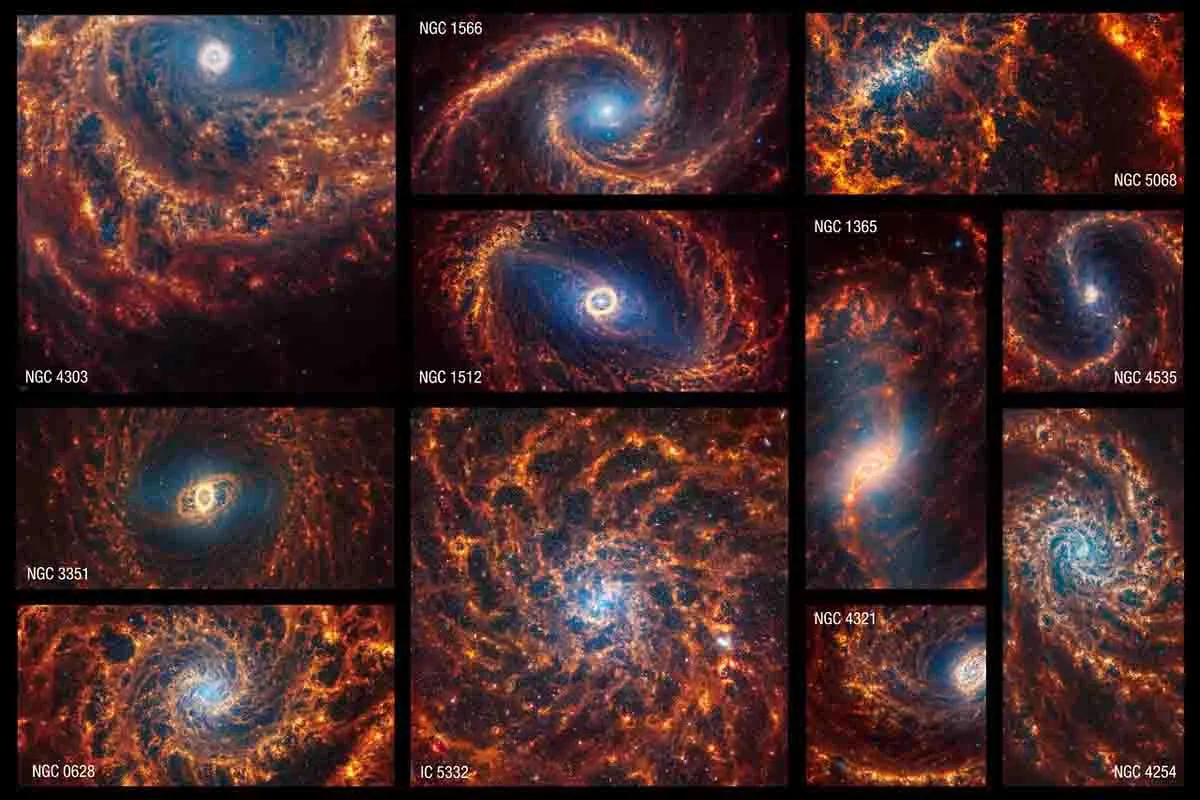Beyond Earth’s Blur: The Wonders Unveiled by Space Telescopes
10/02/2024

The images that grace our screens and ignite our imaginations – nebulae sculpted by unseen forces, distant galaxies shimmering like cosmic jewels – often find their origin far beyond Earth. Telescopes like Hubble and JWST, sentinels in the silent vastness, have journeyed away from our home planet not merely to draw nearer to their targets, but to free themselves from the subtle distortions of our world.
Consider the atmosphere that blankets us. A life-giving shield, yes, yet it dances and shimmers, blurring the delicate beams of starlight that have crossed unimaginable distances. Think of stars, those radiant beacons, rendered twinkling and restless by the ceaseless motion of our air. Above this turbulent layer, space telescopes find stillness, a clarity that transforms star points into brilliant gems set against the velvet backdrop of the void.
Moreover, the very darkness of space unveils wonders our ground-bound eyes could never see. Unlike the pale glow that persists even on the clearest of nights, space offers a true and pure black, a canvas upon which the faintest, most distant objects begin to paint their story. It is this profound contrast that has allowed telescopes like Hubble to cast their gaze across billions of light-years, capturing the universe in its infancy, mere hundreds of millions of years after the Big Bang.
The quest to pierce the cosmos extends beyond those wavelengths our eyes perceive. From the energetic glow of X-rays to the whisper of infrared, there is a symphony of information carried on the waves of the electromagnetic spectrum. Like keys unlocking secret compartments of a cosmic piano, space telescopes reveal a universe vibrant even where our eyes see only darkness.
And yes, among the myriad stars, there is the tantalizing search for signs of other worlds, planets beyond our Sun where the spark of life may also have flickered into being. Telescopes like Kepler and its successors are our envoys in this grand endeavor, patiently watching for the telltale dimming of a distant star as a possible companion world transits across its face.
These orbital observatories are not merely triumphs of engineering, but a declaration of our boundless curiosity. We have transcended the boundaries of our planet, venturing into the cosmic ocean to better understand the universe and our place within it. Through the eyes of our space telescopes, we witness the extraordinary birth pangs of stars, the silent ballet of galaxies, and the echoes of time stretching back to the very dawn of creation. Billions and billions of wonders unfurl before us, inviting us to ponder the possibilities and to see our world, our very selves, with a sense of profound and timeless awe.